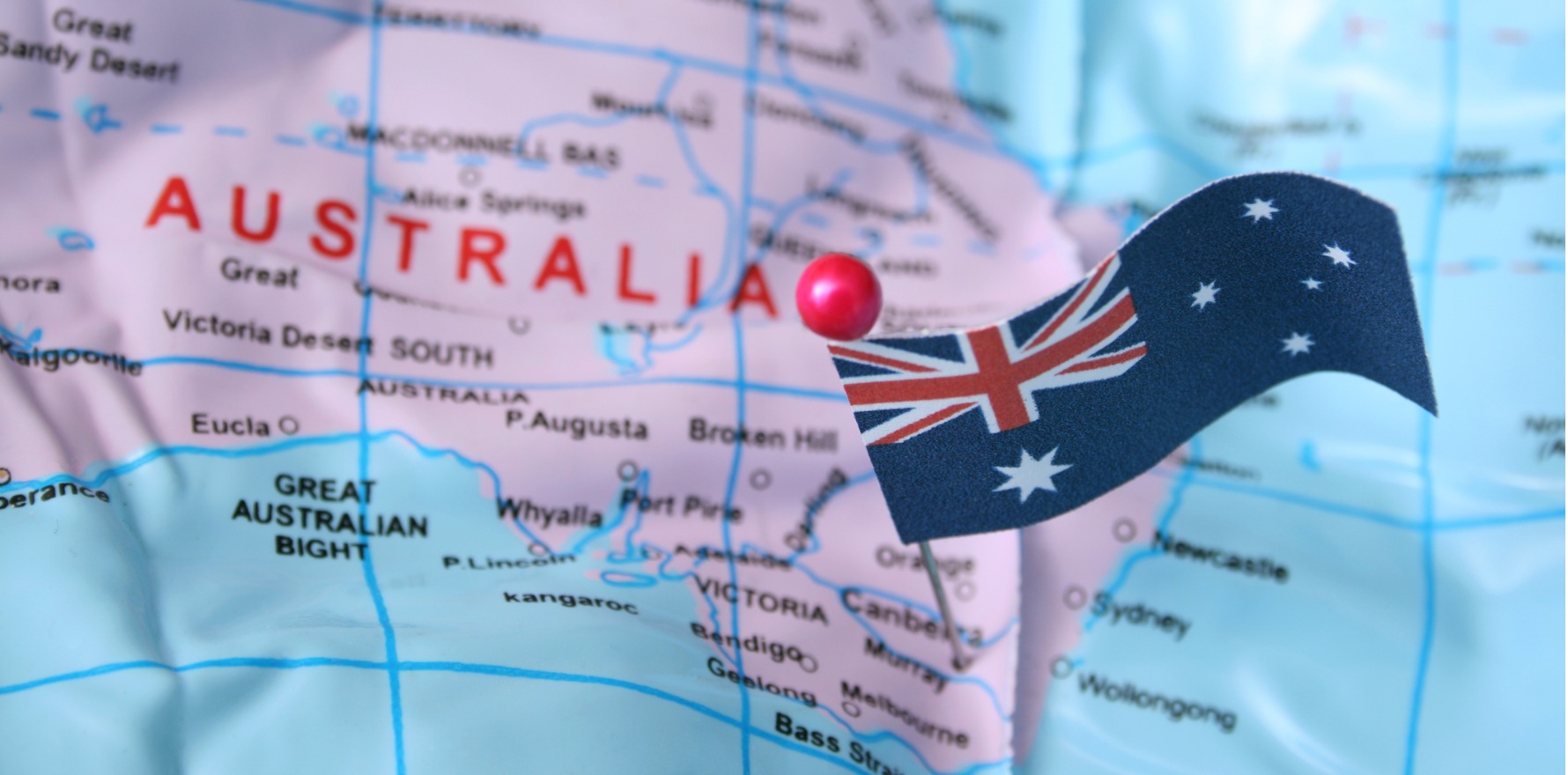With Australia staring down the barrel of a major GP shortage, there was hope that this year’s budget would go some way toward fixing the training pipeline. It did not.
World Family Doctor Day is coming up this Sunday* – but while it’s meant to be a day to celebrate GPs across the globe, the mood in Australia is somewhat subdued following a dry budget.
It’s particularly grim for the future family doctor workforce, who have been overlooked by the Department of Health and Aged Care at almost every stage.
The AMA projects a shortage of 10,600 GPs by 2031, just seven years away.
It takes at least eight years to turn a medical student into a qualified GP (four years medical school + internship year + three years fellowship), not counting the time spent gaining an undergraduate qualification or allowing for any hurdles along the way.
This year’s budget was the government’s last chance to make general practice attractive enough to the incoming cohorts of medical students in time to turn things around by 2031.
The failures can be seen at every stop along the training pipeline.
High school
ACRRM’s pre-budget submission called for a relatively modest sum – $7.5 million spread over three years – to establish a nationwide program to promote rural generalism to remote, rural and regional high schoolers in a bid to create early interest in the career pathway.
Rural Australia has felt the lack of GPs far sooner than suburban and urban parts of the country.
There is also ample research to support the idea that rural-origin students who are able to train and do placements rurally are the most likely to go on to practice rurally.
The government elected not to fund this program.
Medical school
One of the headline budget measures this year was the introduction of payments for university students studying nursing, teaching, midwifery or social work while they undertake mandatory placements.
These degrees tend to require about 1000 hours of unpaid placement.
Medical students, who complete over 2000 hours of mandatory unpaid placements over the course of their degree, were not included.
“I’ve had to sell some of my belongings to be able to afford my rent,” third-year medical student Raener Miller told The Medical Republic.
“I have no time for any social activities or catching up with friends.
“It’s really difficult to juggle part time work along with placement to actually have enough money coming in weekly for my expenses.”
Ms Miller, who moved to Adelaide from Port Augusta to study, said she was not in a position where family could help her out if “crap hits the fan”.
“If I have my car registration coming up and it causes me a lot of financial stress, I have to cancel a lot of events just because I can’t afford it,” she said.
“That’s obviously taken a big toll on my mental health, and it affects my ability to study.
“At the end of the day, we can only treat patients as well as we study – and if I can’t study to the best of my capabilities, that means patients are not getting treated to the best of my capabilities.”
The medical student hopes to one day return to Port Augusta as a rural generalist.
“Everyone seems to be of the understanding that people in medicine come from a long dynasty of doctors and other medical professionals,” Ms Miller said.
“But they seem to overlook the rural entry students and the Aboriginal Torres Strait Islander students … we definitely come from lower socioeconomic classes, and to have that glaring oversight from the federal government is a real disappointment.”
Australian Medical Students Association president Allen Xiao, also a third-year student, said the cost of pursuing medicine “prices out” people from disadvantaged backgrounds who would otherwise make good doctors.
“To be very clear, I think it’s good that the government has recognised the reality of placement poverty and the reality that it’s not sustainable to have hours and hours of unpaid placement without any means to support yourself,” he told TMR.
“But I think that I think it’s also time for the government to recognise that there’s obviously a massive equity issue here.”
AMSA has started an online petition for medical students to be included in paid placement reforms which has gained almost 10,000 signatures over just a week and a half.
The call has been backed by organisations like Medical Deans Australia and New Zealand, which warned that placement poverty does not discriminate across degrees.
“At a time when teamwork and multidisciplinary care has never had more of a focus, this could be extremely divisive,” MDANZ president Professor Michelle Leech said.
Registrars
The biggest budget omission when it comes to the future of general practice was a portable leave and entitlements scheme for GP registrars, despite submissions from three different peak bodies.
General Practice Registrars Australia had the cheapest proposal of the bunch, having come up with an industry endowment plan that would have required just $17 million up front and $2 million per annum in continued funding.
It would have allowed GP registrars to access parental and study leave.
“In consideration of the $227 million for 29 Medicare Urgent Care Clinics, GPRA’s ask is a mere drop in the ocean, however would have an enduring positive effect to increase the perceived value and respect towards the profession of general practice,” president Dr Karyn Matterson said.
“Unfortunately, without this funding GP registrars will continue to face disincentives to completing their GP specialty, which ultimately means less GP access for communities.”
ACCRM also missed out on funding for more rural generalist trainee places despite increased interest in the discipline, to the point where it overfilled its places by almost 100% in the most recent intake.
*Besides being World Family Doctor Day, Sunday 19 May is also National Devil’s Food Cake Day. Bon appetit?





